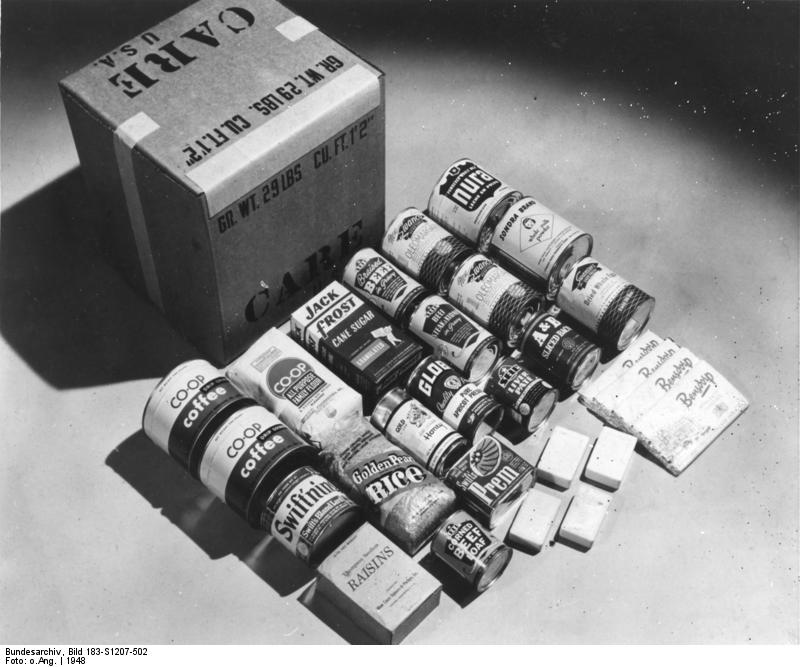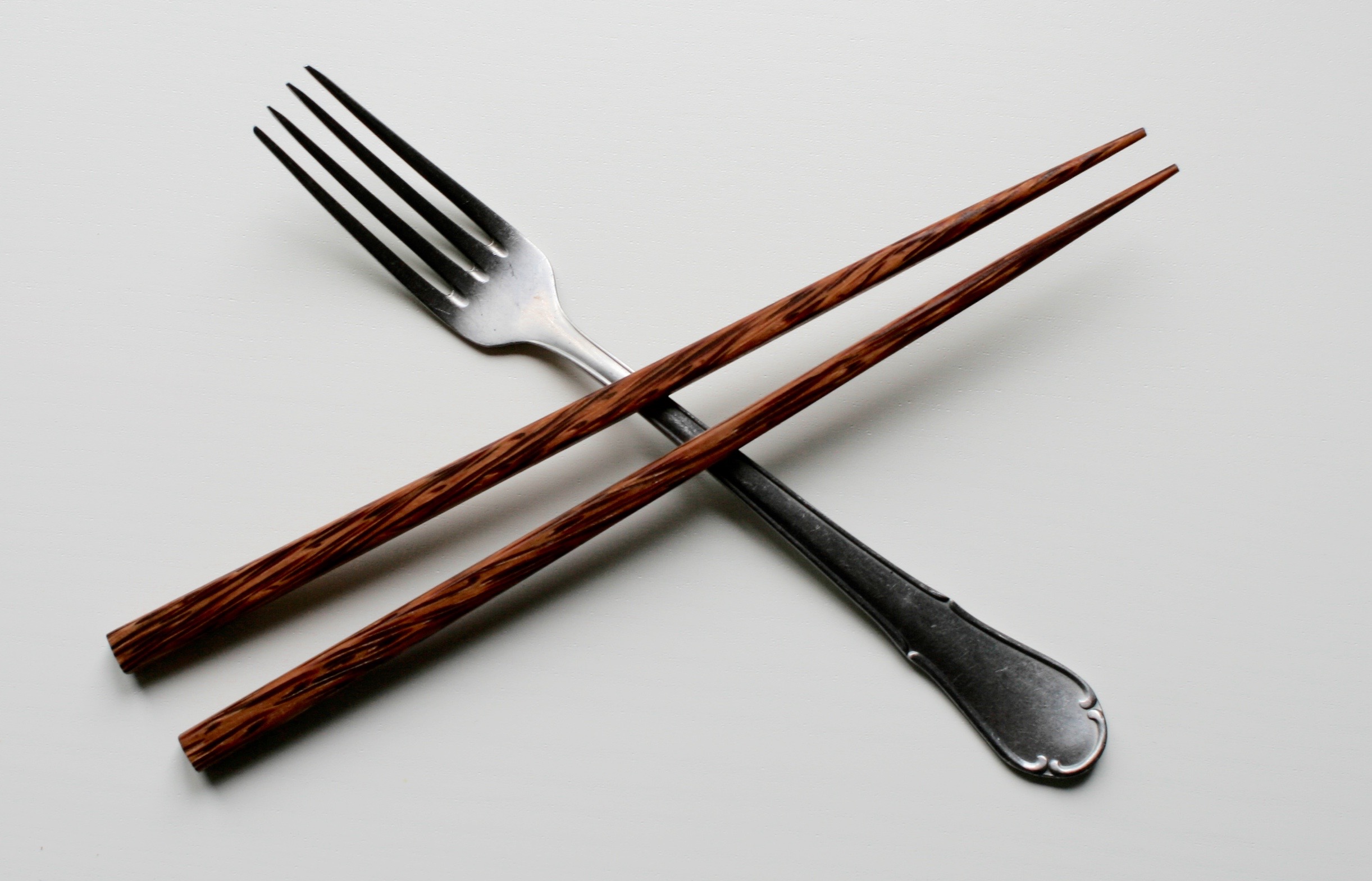Are the Hungry Always Innocent (and Does It Matter)? Postwar Hungers in Germany 1918-1949

There is perhaps no more universally heart-rending image than that of a hungry child. Depictions of issues as disparate as urban poverty, environmental catastrophe, and an inadequate education system invoke the hungry child as a shorthand for injustice and absolute wrongness. Such images suggest that hunger is a universal experience – all people hunger the same, and hunger itself is a sensation that everyone can equally imagine and experience. In this post, I want to historicize and contextualize this idea of the naturalness, simplicity, and the apoliticality of hunger. While “feeding the hungry” might seem like a viable moral imperative, this approach toward resolving hunger is itself a product of a specific political and economic moment; conceptualizing hunger as apolitical,…

